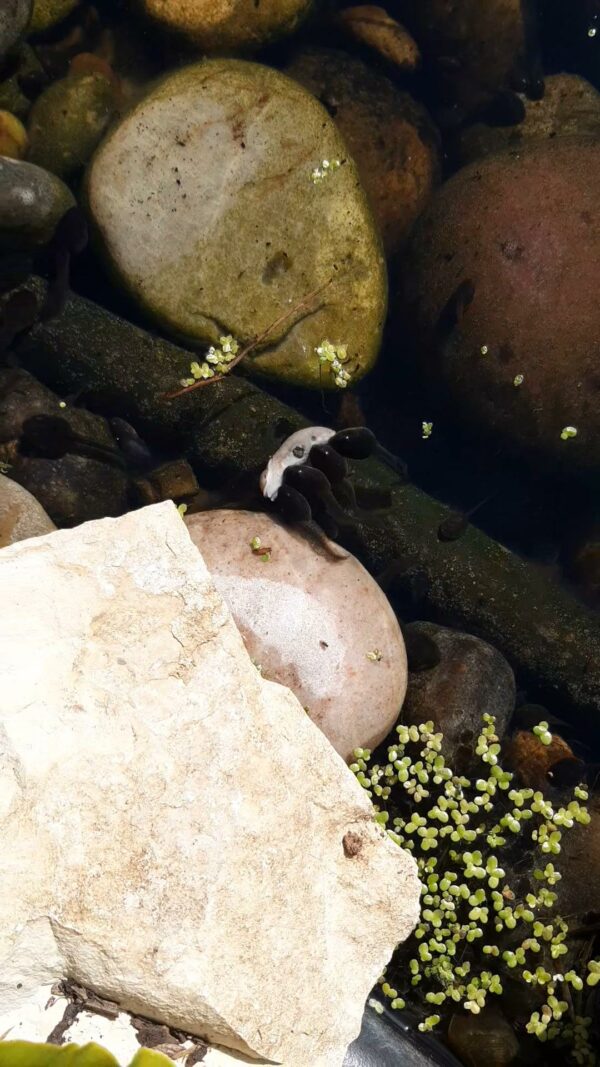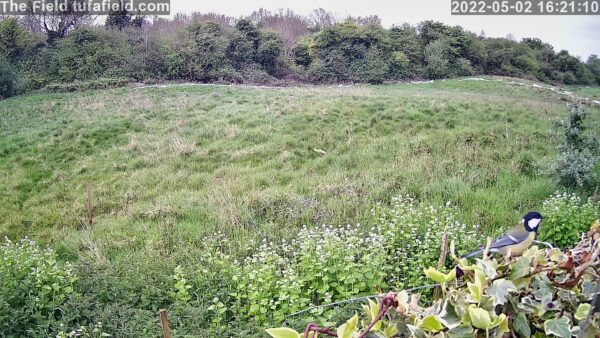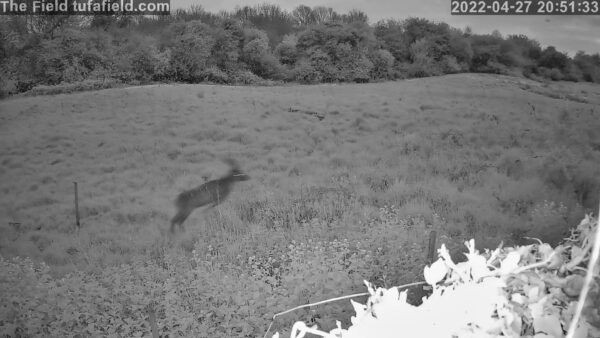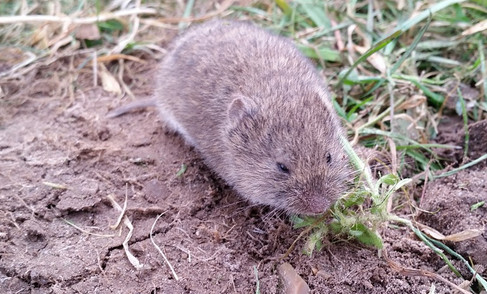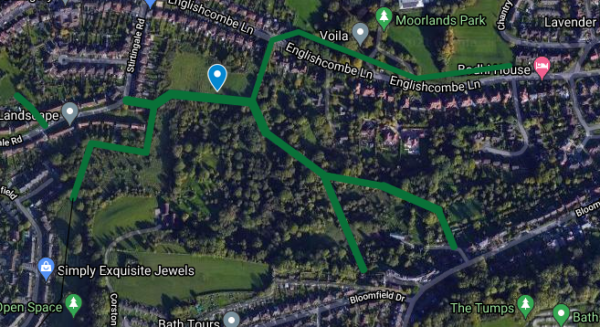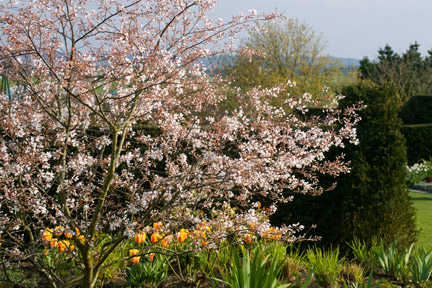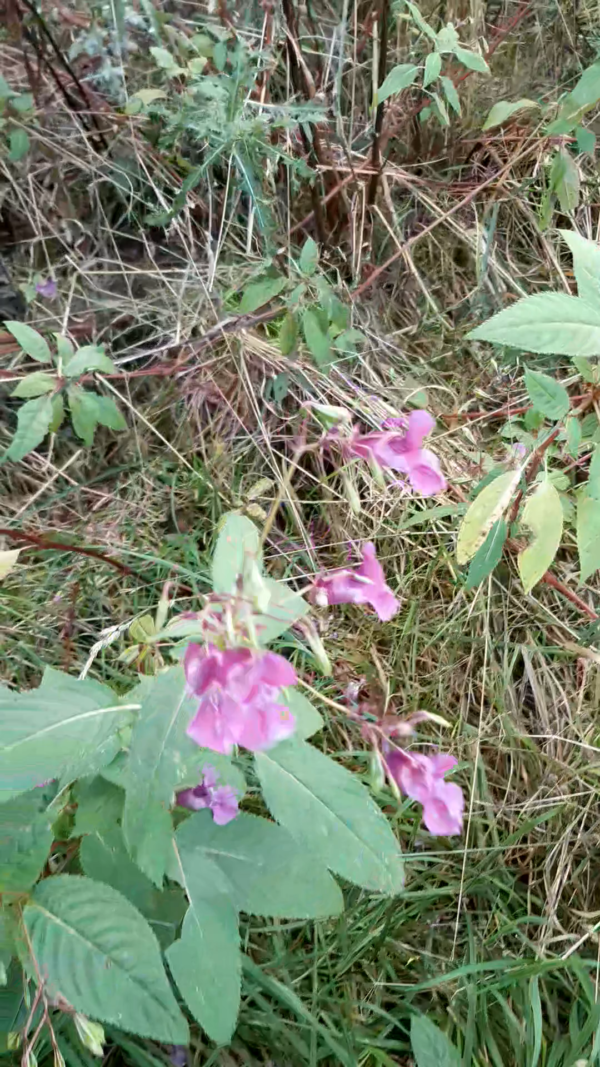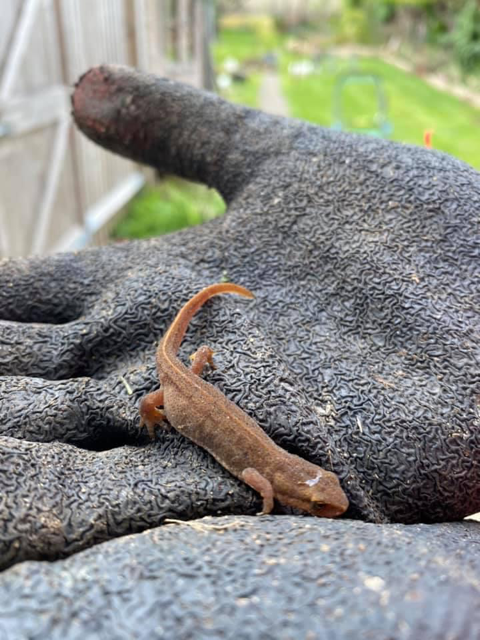Category The Tufa Field Ecology
The Ecology of the Tufa Field is complex and diverse, having developed over the 50 years since the field was last in active cultivation as a dairy cow meadow. Surrounding land to the south has burgeoned into a rich woodland,… Continue Reading →
Garden ponds and water form an important link in the Tufa Field. Amphibians in particular need wet grass to move around. It’s perhaps not so well known that many amphibians spend more time out of the water than in, usually… Continue Reading →
The first conversion of the Tufa Field to building land was proposed in 1983, with Bath City Council granting itself permission for a sheltered housing scheme. Even in this original application, the stability and drainage of the site was highlighted… Continue Reading →
The plight of the Tufa Field, its uncertain future and our now permanent change of attitude to the world around us brought about by Covid-19 requires that we pay much more attention to our use of green spaces. Making these… Continue Reading →
Autumn is the traditional and best time to plant new trees. The soil is still relatively warm, the winter rains will ensure the plant doesn’t dry out, and natural dormancy allows roots to grow without stress. We are encouraged to… Continue Reading →
It’s not just development that threatens the delicate balance of the Tufa Field’s existence. Now it is facing alien invasion. Non-native species are a persistent and pernicious threat to our green spaces. The local ecology does not have time to… Continue Reading →
August is peak Butterfly time at the Tufa Field. Nectar from the Nettle patch provides food, cover and egg-laying sites. There are also many bees, including Honey Bees, but just as important, Carder, Mining, Red- and White-tails. Amphibians are also… Continue Reading →
